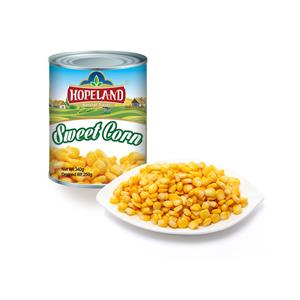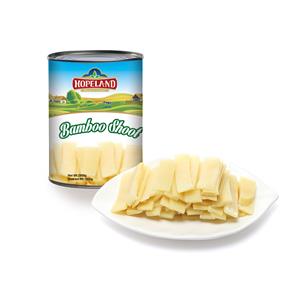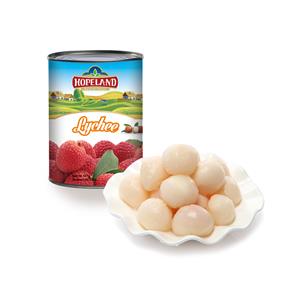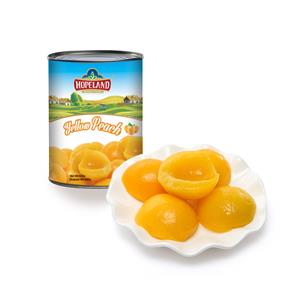CANNED TUNA CHUNK (BONITO): Ocean Freshness, Perfectly Preserved
When it comes to healthy, protein-rich seafood that’s both versatile and convenient, few products rival canned tuna chunks, especially Bonito tuna. Whether it’s in a salad, sandwich, pasta, or sushi roll, this humble can packs not only great flavor but also incredible nutrition and value. From ocean to table, every can tells a story of freshness, craftsmanship, and quality preservation.
In this article, we’ll dive deep into everything you need to know about Canned Tuna Chunk (Bonito) — what it is, how it’s made, its benefits, how to cook with it, and why it deserves a place in every kitchen, restaurant, and store shelf.
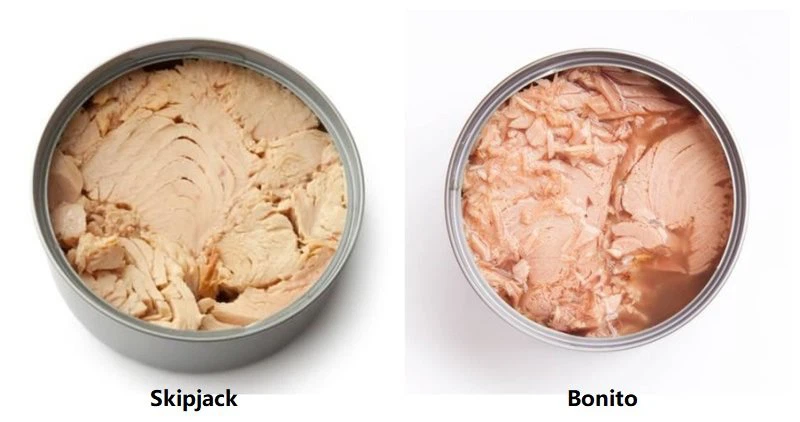
1. What Is Canned Tuna Chunk (Bonito)?
Canned Tuna Chunk (Bonito) refers to chunks or large flakes of tuna meat — usually from the Skipjack tuna species (Katsuwonus pelamis), commonly known as Bonito in trade. Bonito belongs to the mackerel family (Scombridae) and is widely found in tropical and subtropical waters. It’s smaller than Yellowfin or Albacore but boasts a rich, savory flavor that seafood lovers adore.
When processed into cans, Bonito tuna is cleaned, cooked, and packed in brine, oil, or water, then sealed and sterilized to maintain freshness for years without refrigeration. This process not only locks in nutrients but also ensures a clean, natural taste — ready to serve anytime.
Depending on the cut and grade, canned tuna can come in:
Solid (whole loins)
Chunk (larger pieces or sections)
Flake (smaller broken pieces)
Among these, Canned Tuna Chunk (Bonito) strikes a perfect balance between premium texture and everyday practicality — firm enough for salads, soft enough for spreads.
2. Why Bonito Tuna Is a Smart Choice
Bonito is often seen as a sustainable, affordable alternative to other tuna species like Yellowfin or Albacore. But that’s not all — it brings a distinctive character to the table.
a. Flavor and Texture
Bonito tuna has a stronger, meatier taste and a firm, flaky texture that holds up well in cooking. Its deep ocean flavor gives character to soups, curries, and sandwiches.
b. Sustainability
Bonito or Skipjack tuna is one of the most abundant tuna species in the ocean, with sustainable catch practices recognized by major certifications such as MSC (Marine Stewardship Council). Choosing Bonito helps reduce pressure on overfished tuna varieties.
c. Nutrition
Rich in lean protein, omega-3 fatty acids, selenium, and vitamin D, Bonito tuna offers a nutrient-dense food choice that supports heart health, muscle repair, and immune function.
d. Value for Money
Because Bonito grows quickly and reproduces abundantly, it is more economical — allowing consumers and manufacturers alike to enjoy high-quality tuna at a more accessible price.
3. The Journey from Ocean to Can
Every can of tuna represents a careful process that combines modern food technology with the age-old wisdom of seafood preservation.
Step 1: Catching the Tuna
Bonito tuna is caught in open waters using pole-and-line or purse seine nets. Reputable suppliers prioritize dolphin-safe and environmentally responsible fishing methods.
Step 2: Cleaning and Preparation
Once landed, the fish are quickly cleaned, gutted, and cooked in steam or hot water to remove excess fat and skin while retaining flavor and nutrients.
Step 3: Cutting and Sorting
The cooked tuna is manually or mechanically cut into chunks — large, uniform pieces selected for their firmness and quality.
Step 4: Packing
Tuna chunks are then carefully packed into sterilized cans. Depending on the desired recipe, they may be filled with:
Brine (salt water): for a clean, light taste.
Sunflower or soybean oil: for a richer mouthfeel.
Water: for lower calorie content and natural flavor.
Step 5: Sealing and Sterilization
After sealing, cans undergo retort sterilization — a high-pressure, high-temperature process that ensures food safety, destroys bacteria, and allows for long shelf life (typically 3–5 years).
Step 6: Quality Control and Labeling
Each batch is tested for texture, flavor, and nutritional integrity before packaging and distribution. The result: a shelf-stable, ready-to-eat protein source trusted around the world.
4. Nutritional Powerhouse in a Can
Let’s break down what makes canned Bonito tuna such a superfood.
Nutrient | Per 100g (in oil) | Health Benefits |
Protein | ~25g | Builds muscle, repairs tissues |
Omega-3 Fatty Acids | ~0.3–0.8g | Supports brain & heart health |
Vitamin D | 80–150 IU | Strengthens bones & immunity |
Selenium | 35–45 µg | Antioxidant, protects cells |
Niacin (B3) | 10–12 mg | Aids metabolism & energy |
Calories | 150–180 kcal | Great energy source |
Unlike red meat, tuna is low in saturated fat, cholesterol-friendly, and rich in essential amino acids. It’s perfect for athletes, health-conscious eaters, and anyone seeking convenient nutrition.
5. Health Benefits of Eating Canned Bonito Tuna
a. Boosts Heart Health
The omega-3 fatty acids (EPA and DHA) in Bonito tuna help lower triglycerides, reduce inflammation, and support healthy blood circulation.
b. Promotes Lean Muscle Growth
With high-quality protein and low fat, it’s ideal for post-workout recovery or weight management diets.
c. Supports Brain and Mood
Omega-3s are vital for brain function and have been linked to improved focus and reduced risk of depression.
d. Strengthens Immunity
Selenium and vitamin D strengthen the body’s defense system and protect against oxidative stress.
e. Convenient for a Balanced Diet
As an easily stored protein source, canned tuna simplifies meal prep without compromising on nutrition.
6. Different Types of Canned Bonito Tuna
Depending on the packaging liquid and cut, you can choose the version that best fits your needs:
Type | Description | Best For |
In Oil | Rich, flavorful, tender texture | Sandwiches, pasta, spreads |
In Brine | Clean, salty taste, firm texture | Salads, stir-fries |
In Water | Mild flavor, low calorie | Diet-friendly meals |
Chunk Style | Large pieces of fish | Visual appeal, premium dishes |
Flake Style | Smaller bits and shredded meat | Sauces, dips, fillings |
7. How to Use Canned Tuna Chunk (Bonito)
The beauty of canned tuna lies in its adaptability. Whether you’re whipping up a quick snack or crafting gourmet cuisine, it fits seamlessly into any meal plan.
a. Classic Tuna Salad
Mix tuna chunks with mayonnaise, diced celery, onions, and a dash of lemon juice. Serve chilled on a bed of lettuce or between slices of bread.
b. Tuna Pasta Delight
Toss tuna with olive oil, garlic, cherry tomatoes, and capers for an easy Mediterranean pasta.
c. Asian Tuna Fried Rice
Add tuna to leftover rice with soy sauce, egg, and peas for a protein-packed comfort dish.
d. Tuna Sushi or Onigiri
Mix tuna with a bit of mayo and stuff it into rice balls or sushi rolls — a Japanese lunchbox favorite.
e. Tuna-Stuffed Peppers or Tomatoes
Combine tuna with breadcrumbs, herbs, and cheese, then bake in hollowed vegetables for a colorful main course.
f. Tuna Pizza Topping
Spread tuna chunks over tomato sauce and mozzarella for a savory twist on pizza night.
g. Tuna Omelet
Whisk eggs, add tuna and scallions, and fry for a hearty breakfast packed with protein.
8. For Businesses: Why Canned Bonito Tuna Is a Smart Product Choice
Canned Bonito tuna isn’t just for home kitchens — it’s a vital product in retail, catering, and export markets.
a. Long Shelf Life
With a 3–5 year shelf life, canned tuna ensures stable inventory and less waste — ideal for supermarkets, wholesalers, and aid programs.
b. High Market Demand
From Asia to Europe and America, tuna remains one of the top-selling canned seafood products globally.
c. Flexible Packaging
Available in various sizes to suit different needs:
Small tins (80g–185g): Ideal for single servings and retail.
Medium tins (340g–425g): Perfect for family meals and restaurants.
Large tins (1.8kg–3kg): Designed for catering, bulk buyers, and food factories.
d. Easy Export and Storage
No refrigeration needed. Lightweight and compact, canned tuna travels well and fits diverse market regulations.
e. Branding Potential
Labels can highlight “High Protein,” “Dolphin Safe,” “Non-GMO,” or “Sustainably Caught” — all attractive to modern, eco-conscious consumers.
9. Sustainability and Responsible Fishing
Sustainability is at the heart of modern seafood processing. Ethical sourcing ensures that our oceans remain healthy for generations to come.
Dolphin-Safe: Bonito tuna is caught using methods that avoid harm to dolphins.
Traceability: Each batch can be traced from fishing vessel to factory.
Eco-Certifications: Many producers adhere to MSC, FAD-free, or ISSF standards.
Reduced Carbon Footprint: Efficient canning facilities minimize waste and emissions.
Choosing Bonito tuna supports a more balanced marine ecosystem and responsible global trade.
10. Tips for Storing and Serving Canned Tuna
To get the most out of your canned Bonito tuna, follow these simple tips:
Store unopened cans in a cool, dry place away from direct sunlight.
Once opened, transfer leftovers to an airtight container and refrigerate. Consume within 2–3 days.
Do not consume cans that are swollen, rusted, or leaking.
For the best taste, let refrigerated tuna come to room temperature before eating — this revives its natural flavor.
11. Fun Facts About Bonito Tuna
Bonito is a fast swimmer, capable of speeds over 40 km/h.
In Japanese cuisine, dried and smoked Bonito (Katsuobushi) is used to make dashi, the base of miso soup.
Bonito has been a staple food in coastal communities for centuries — prized for both taste and nutrition.
Modern canning technology allows it to be stored safely for up to five years without preservatives.
12. The Future of Canned Tuna Chunk (Bonito)
As global consumers grow more conscious about health, convenience, and sustainability, the demand for high-quality canned seafood continues to rise. Bonito tuna stands out as a product that perfectly balances these values:
Affordable yet premium
Delicious yet healthy
Sustainable yet widely available
Emerging trends include:
Low-sodium or organic variants
Eco-friendly packaging (BPA-free cans)
Ready-to-eat flavored versions (chili, lemon, olive oil)
Plant-based tuna alternatives — showing the influence of seafood innovation.
But traditional canned Bonito tuna remains a classic — a staple that embodies the best of both the ocean’s bounty and human ingenuity.
Conclusion: A Can Full of Possibilities
From a quick protein boost at lunch to a creative dinner ingredient, Canned Tuna Chunk (Bonito) is more than just a pantry item — it’s a global favorite that brings together taste, nutrition, and sustainability.
Each can is a promise of ocean-fresh flavor, crafted with care and sealed for your convenience. Whether you’re a home cook, a restaurant owner, or a global distributor, Bonito tuna offers a dependable, delicious, and healthful choice that fits modern life.
So next time you open a can of tuna, remember — behind that simple pull-tab lies a story of the sea, sustainability, and the timeless art of good food.

